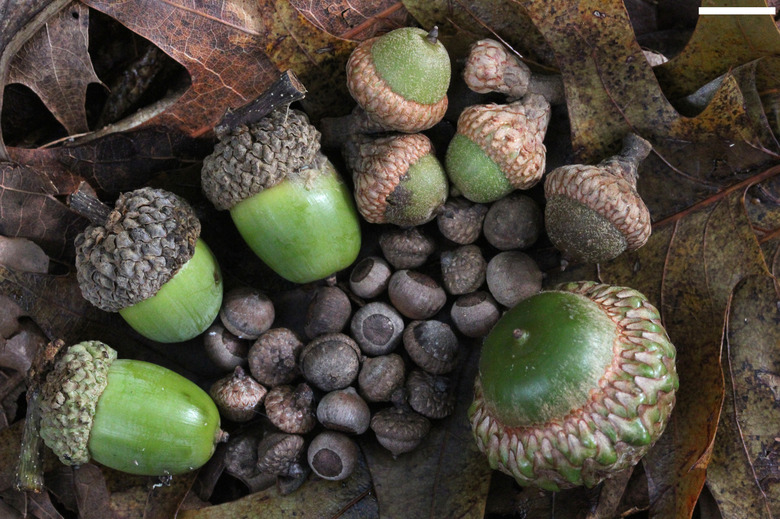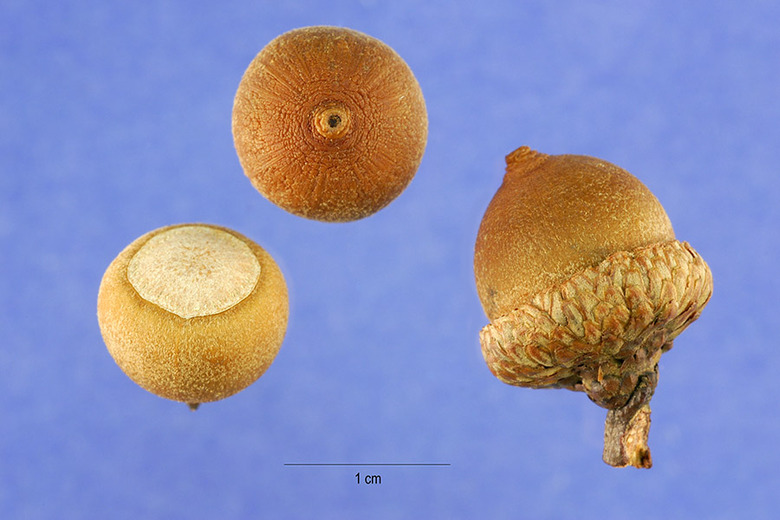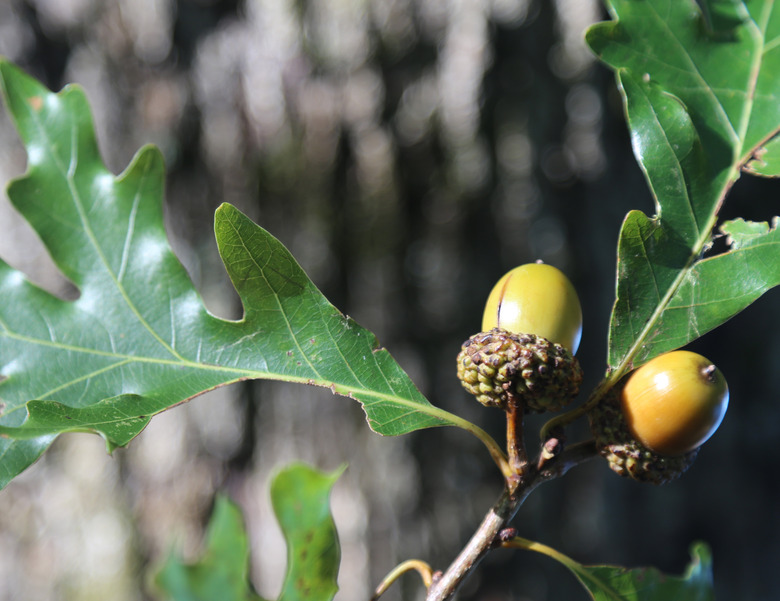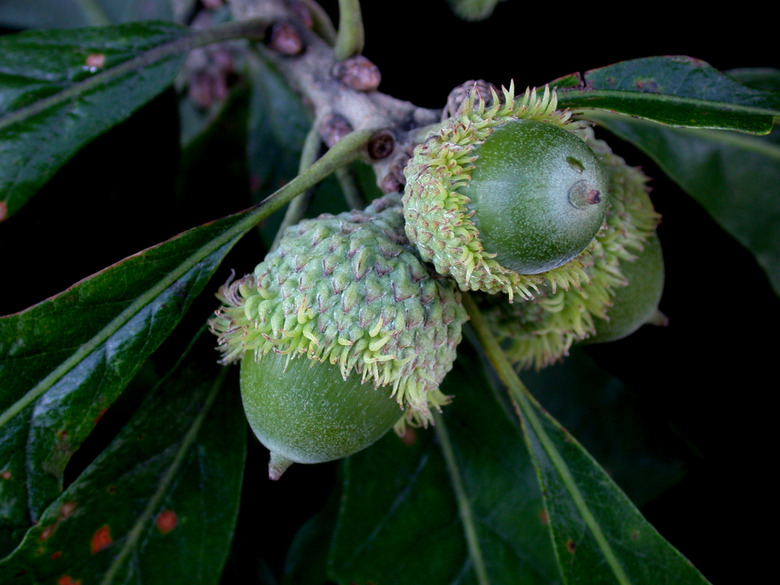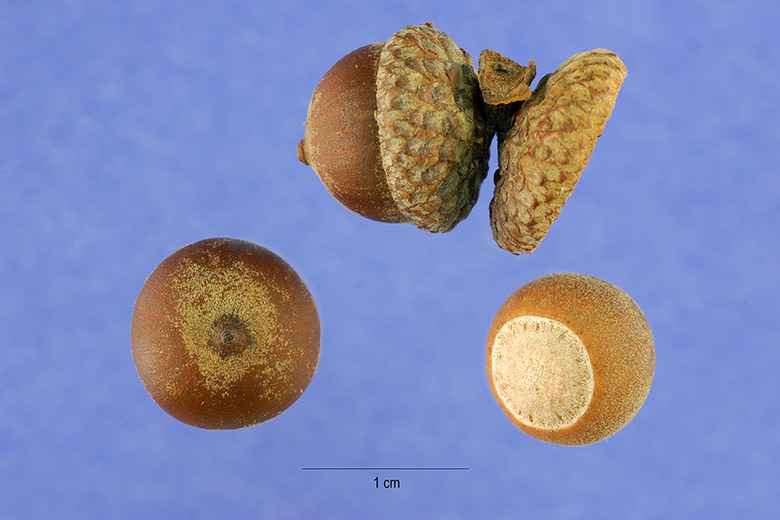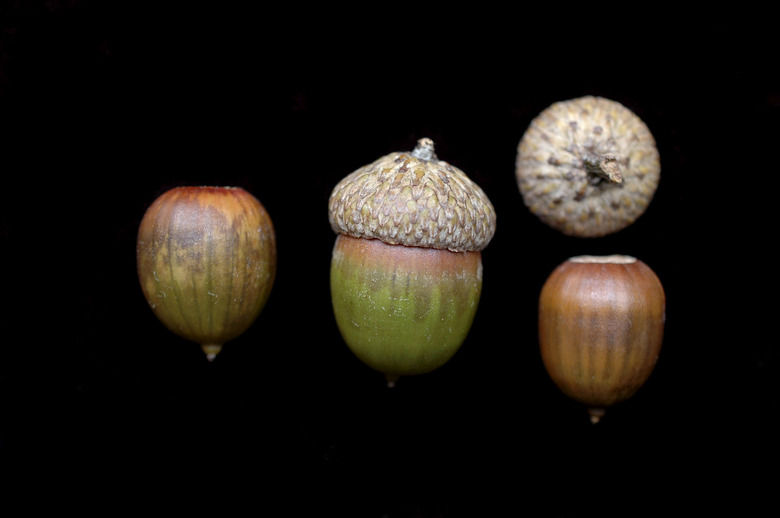A Guide To Identifying The Acorns Of Oak Trees
Acorns are some of the main distinguishing features of oak trees (Quercus spp.). Acorns are the fruit, or nuts, produced by these species and are important food sources for almost 100 species of wild animals.
Can Humans Eat Acorns?
Raw acorns are rarely consumed by humans, however, due to the presence of toxic compounds known as tannins.
Which Trees Produce Acorns?
Oak trees are divided into two categories: red oaks and white oaks. While both types of oaks produce acorns, there are several key differences between the two groups, one of which is acorn production.
The acorns of red oak trees take two growing seasons to mature. The acorns mature in the fall of the second year, and germination takes place the following spring. The acorns of these oaks taste bitter.
However, the acorns of white oak trees mature in a single growing season. They drop off the tree in the fall and sprout shortly after. White oak tree acorns have a sweet flavor.
Acorn and Oak Development
Oak trees are monoecious, which means that all the trees have both male and female flowers. Therefore, all oak trees are capable of producing acorns if properly pollinated in the spring. The male flowers, which are larger and showier, are known as catkins. They produce pollen.
While each female oak tree flower has six ovules that contain eggs, only one ovule per flower is pollinated and matures into an acorn.
In some years, known as "mast" years, oak trees produce an extremely large number of acorns. One mature tree can yield as many as 10,000 acorns in a mast year.
Oak Tree Acorns
The acorns of different native oak tree species differ in size, shape and color, among other features. Let's go over the features of acorns from several North American species of oak trees.
Southern Red Oak
The acorns of the southern red oak (Quercus falcata; zones 6 to 9), which measure just 1/2 inch in length, are orange-red in color. The caps of these acorns cover approximately a third of the nuts.
White Oak
White oak trees (Quercus alba; zones 3 to 9) produce acorns that are oval shaped and light brown in color. The caps of these acorns are bowl-shaped and thick with a warty texture.
Bur Oak
The bur oak (Quercus macrocarpa; zones 3 through 8), which belongs to the white oak group, gets its common names from its acorns, the caps of which are covered in hairs and have a fringed border. On these acorns, the cap can cover up to three-quarters of the entire nut.
Water Oak
The acorns of the water oak (Quercus nigra; zones 6 to 9), which is in the red oak group, are shaped like saucers and measure 1/2 inch in length. They may be brown or black. A small shoot projects from the bottom of water oak acorns, making them easy to identify.
Shumard Oak
Another species in the red oak group, the Shumard oak (Quercus shumardii; zone 5 to 9) has particularly large acorns that may measure 1 1/4 inches long. The acorns resemble small eggs.
References
- Cornell Cooperative Extension Orange County: The Acorn Story
- University of Tennessee: How do Acorns Develop?
- Mississippi State University Extension: How to Identify Oak Trees Using Acorns
- Clemson Cooperative Extension: Oak
- Missouri Botanical Garden: Quercus falcata
- Missouri Botanical Garden: Quercus alba
- Missouri Botanical Garden: Quercus macrocarpa
- Missouri Botanical Garden: Quercus nigra
- Missouri Botanical Garden: Quercus shumardii
